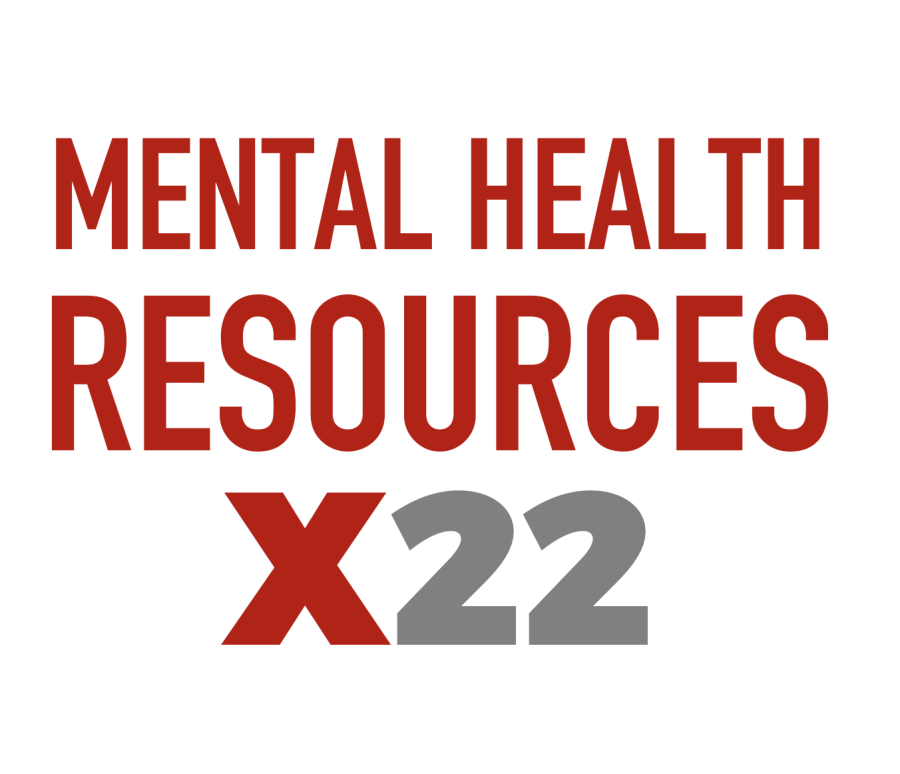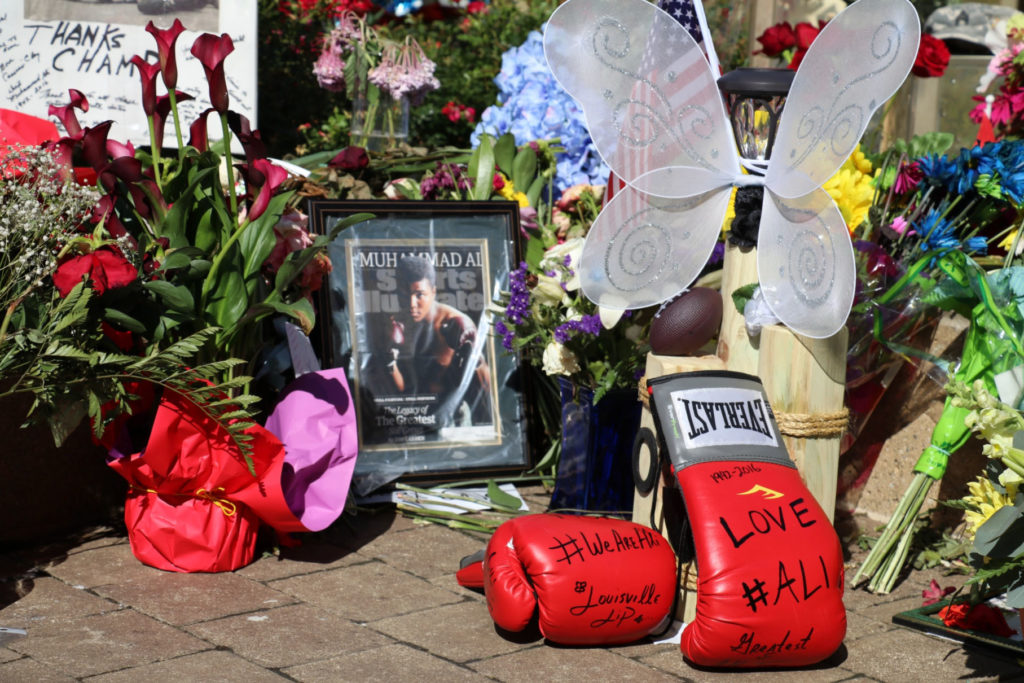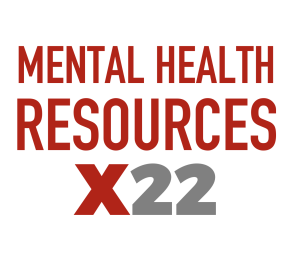Our bodies store, react to trauma
A statue of the WKU campus portrays dance, but could also show the power of having someone to lean on.
So, what is stored trauma in the body?
When a traumatic event happens or a series of traumatic events occur, you most likely carry emotional trauma. Meaning the body being able to handle only a limited amount of stress.
The lasting consequences of trauma, as well as its traumatic energy, remain in the body and muscle tissues until it can be released.
Sometimes you may break down in yoga while doing a wide hip stretch or you may hear someone crying when the masseuse applies pressure to just the right spot. This is how stored trauma affects you in your everyday life.
Carrying trauma in the body can also lead to physical bodily expressions of exhaustion and despair.
Life can move so fast and having stored trauma live in your body feels like cinder blocks weighing and slowing you down. Having stored trauma in the body can have unwavering consequences that makes life feel like a chore.
Symptoms of traumatic stress can show up as physical pain. Your muscles can tighten up, and your body goes into survival mode with higher cortisol and blood pressure levels. This makes you more likely to feel pain, according to Awakening Treatment.
A lot of teens and children have stored trauma. About 15% to 43% of girls and 14% to 43% of boys go through at least one trauma, according to a study done by PTSD.va.gov. And 3% to 15% of those girls and 1% to 16% of those boys will develop post- traumatic stress disorder, or PTSD. Of those children and teens who have had a trauma, 3% to 15% of girls and 1% to 6% of boys develop PTSD.
If you notice yourself never being able to truly relax or constantly being tense, you are most likely sitting on some heavy emotions. You may notice yourself blowing up at small mistakes or shutting down when someone tries to get through to you
However, there are treatment options for addressing stored trauma, such as EMDR, or is Eye Movement Desensitization and Reprocessing, a psychotherapy treatment that was originally designed to alleviate the distress associated with traumatic memories, according to The EMDR Institute, a group that offers training in the therapy.

Hillary Bacon, a licensed psychologist who specializes in eating disorders and trauma and has also been through EMDR herself, said it’s important to have a good relationship with your therapist before you start EMDR treatment.
“If you are going to sit and process some of the most traumatic events of your life, then you need to feel safe with your therapist,” Bacon said.
Before Bacon begins EMDR treatment with a patient, she assesses her client and goes over current circumstances and triggers. The client feeling ready and being stable enough to make this huge decision on their own is most important to her. She has no problem waiting or not proceeding with the service.
During this eight-phase treatment, `clients focus on past disturbing memories and related events, current situations that cause distress, and developing skills to have positive future actions, according to EMDR.com, the institute’s website.
“Eye movements (or other bilateral stimulation) are used during one part of the session,” according to the website. “After the clinician has determined which memory to target first, he asks the client to hold different aspects of that event or thought in mind and to use his eyes to track the therapist’s hand as it moves back and forth across the client’s field of vision.”
As treatment continues, “Internal associations arise and the clients begin to process the memory and disturbing feelings. In successful EMDR therapy, the meaning of painful events is transformed on an emotional level,” according to the website.
Bacon has done EMDR herself. She is aware of how emotionally taxing it is and believes that all therapists should move at the pace of patients.
Stored trauma affects your mood and you outlook on life and while teens are in the process of figuring themselves out. It’s vital that we recognize the signs of abuse and neglect and believe survivors to prevent the storage of trauma inside the body.










































